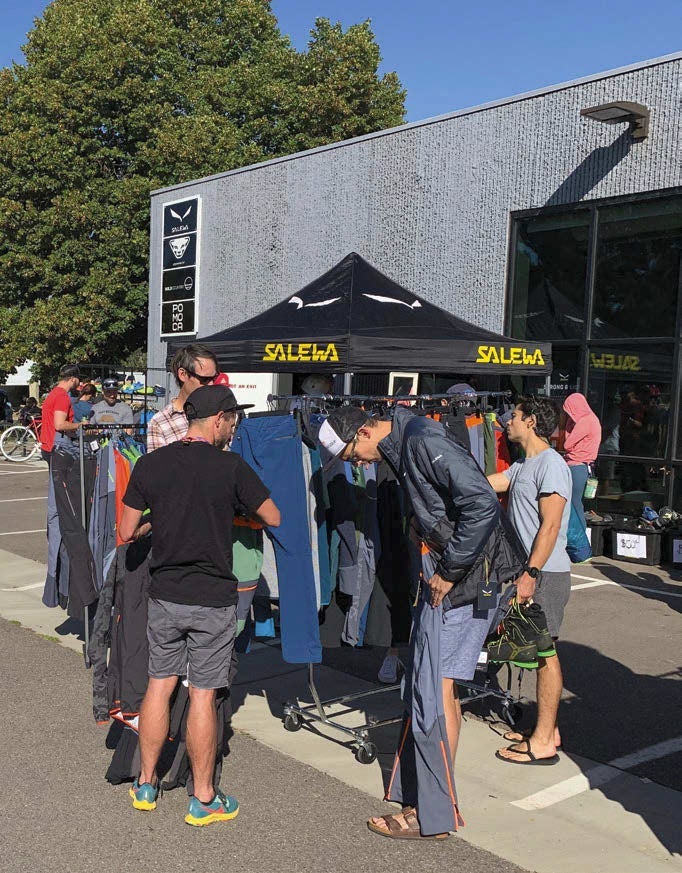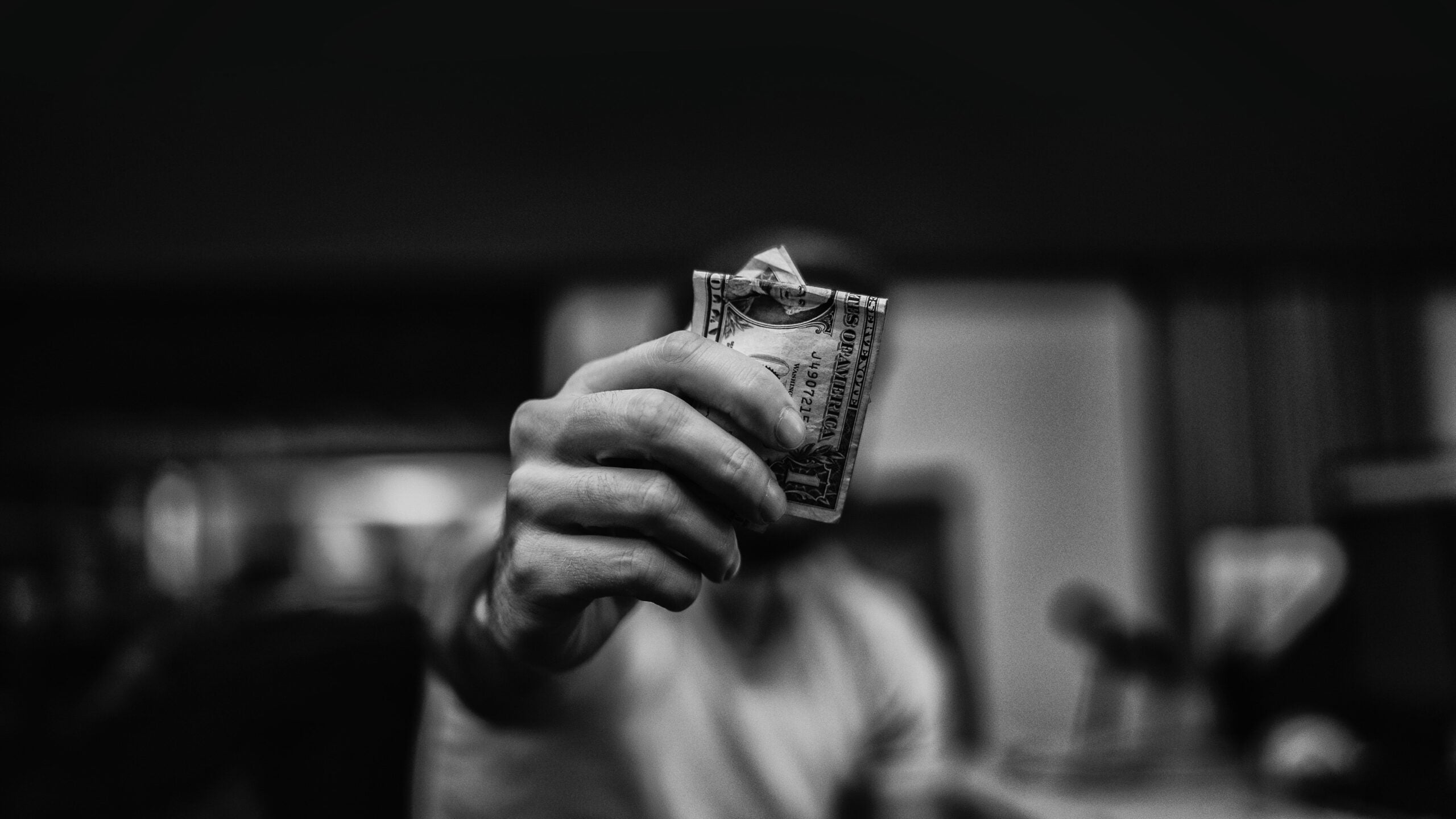For reps, there’s no such thing as a free sample. While ambassadors, athletes, and media get free products to test, independent agencies are responsible for ordering, paying for—and offloading—every product they show.
“For one of my brands, I carry on average almost $40,000 a year in samples,” said Andy Molter, founder of Brandywine River Reps, which serves New England and the Mid-Atlantic and represents brands like Eagle Creek and Chaco. Compare that $40,000 to a $70,000 commission on the same brand, and the stakes of recouping the cost of those samples at the end of the season are high if the agency wants to make payroll for its employees.

This is especially tricky this year, given that some reps footed sample bills before the coronavirus halted spring retail. For others, samples weren’t available to buy.
“Our facility was shut down before we could finish manufacturing them,” said Wigwam sales director Brad Bates. He says production will restart soon, but predicts most brands will delay Spring launches to give retailers time to work through existing inventory. Other reps expect their brands to save Spring ’21 lines for Spring ’22, or to let them return unused samples for a refund.
Even in normal years, most brands have buy-back programs that let reps return samples of products that get dropped. But for most samples, it’s usually up to the rep to find a way to recoup costs.
Because sample prices are negotiated as part of every sales agency contract, they vary. On average, though, vendors give reps 20 to 50 percent off wholesale. That might sound like a pretty good deal, but it’s still 10 to 20 percent above “landed cost,” the bare-minimum dollar amount it takes to manufacture the final product.
It hasn’t always been this way. When Molter entered the outdoor industry 20 years ago, samples were often covered in the contract and provided at no cost to the rep. (In some industries, like housewares, that’s still the norm.) According to Molter, it’s only the last ten years or so that outdoor brands started charging reps a reduced wholesale cost. “We’ve become a profit center for a lot of these companies,” said one rep, who preferred not to be named. “They look at us as a line item.”
Brands argue that pre-production sample runs are expensive, and the landed cost of a sample can actually be higher than that product’s in-season wholesale cost. Rather than profiting off the rep, the brand is simply sharing that loss.
Besides, says one in-house rep who asked to remain anonymous, selling discounted samples to agencies gives those agencies an opportunity to make extra profit.
That’s misleading, say the independent reps. Yes, they can offload samples through yard sales, consignment shops, or one-off deals with friends and family, but it’s not a good solution.
“I run sample sales out of my office for four weeks at the beginning of each season, but it’s cumbersome,” Molter explained. “It’s disruptive to the agency.”
Leta Kalfas, owner of Colorado-based agency MtnStuff, says she profits on some individual samples but always takes an overall loss. (On average, she’s able to recoup 70 to 80 percent of what she pays for samples each year.) For small agencies, or those with a lot of clients, those losses add up and deflate already slim margins.
Another issue with high sample pricing is that it makes it hard for reps to show dealers a rainbow set, versus a few samples and a bunch of swatches. That can harm the vendor, says Molter, especially with apparel, where being able to show off a jacket in all its colorways—an expensive proposition—can make or break a sale.
The solution? One rep says vendors should pony up and provide the sets for free. Another would like to see brands with retail spaces support reps by buying back samples and selling them there. Others suggest a more moderate fix.
“I’ll probably get daggers thrown at me for saying this, but I think the rep should have some skin in the game,” said Kalfas. “It’s our cost of doing business. However, I think we should get more help from the vendor [to bring sample prices down].”
Reps don’t expect a free handout, says Kalfas. But making samples a little cheaper would help reps give dealers the best showing possible, rather than just the best showing they can afford.
This story originally ran in the Summer 2020 issue of The Voice.


